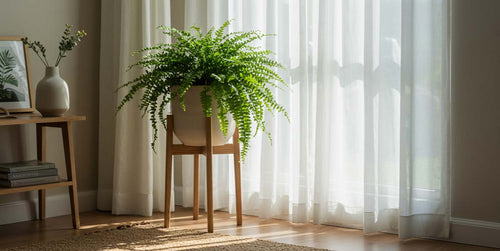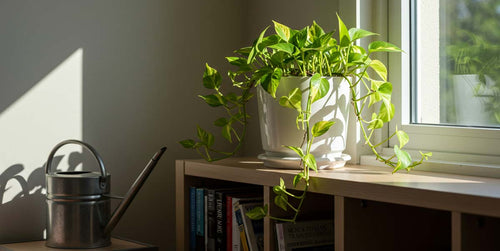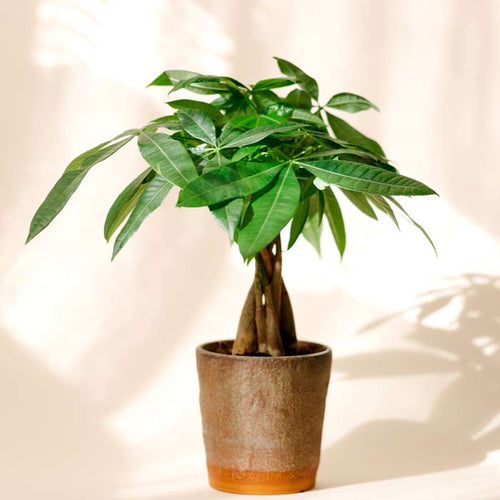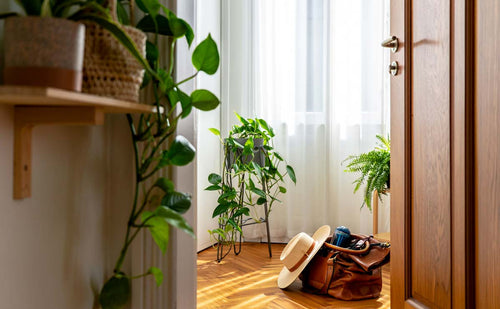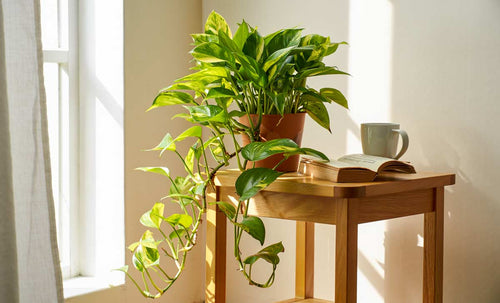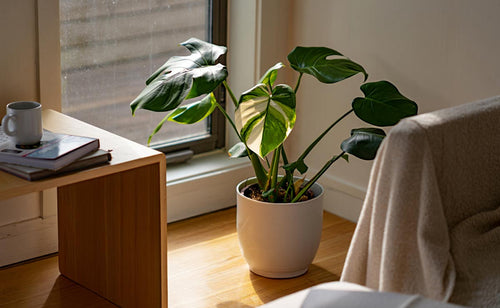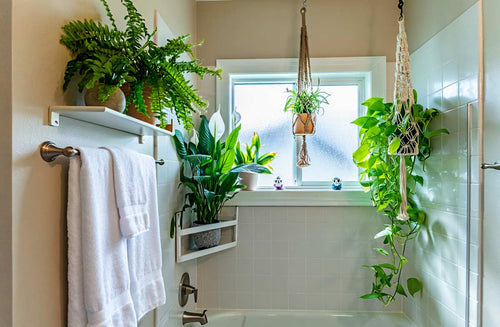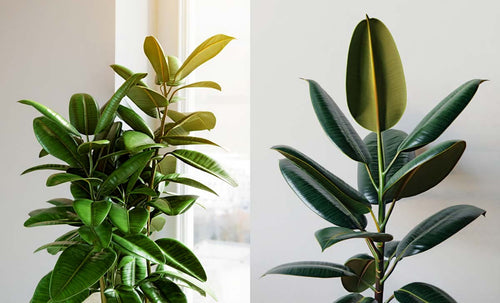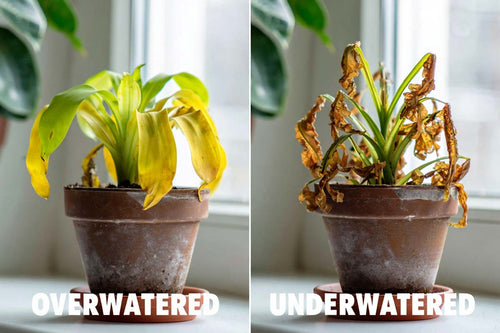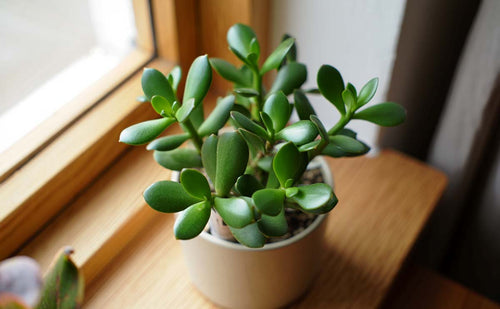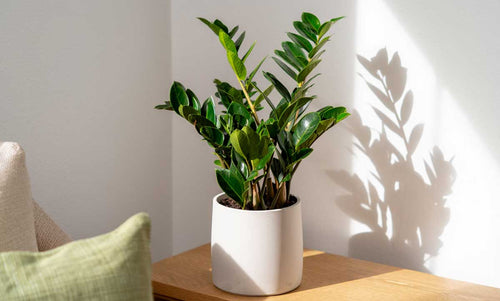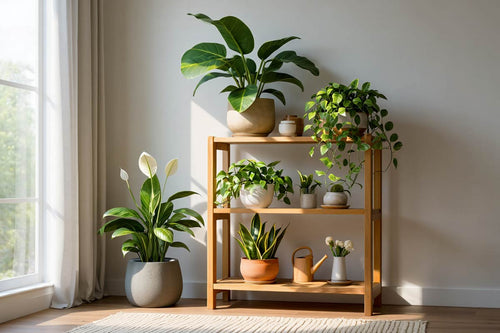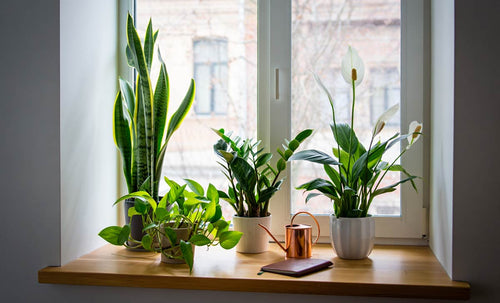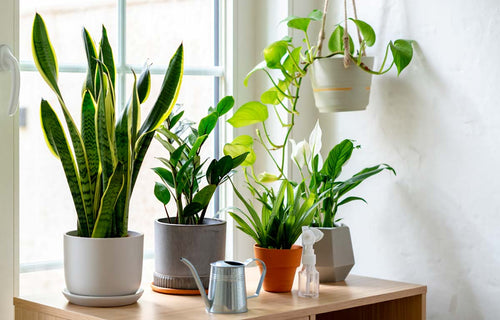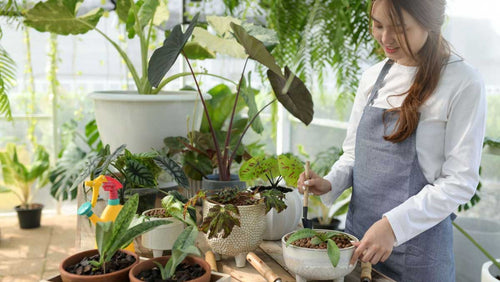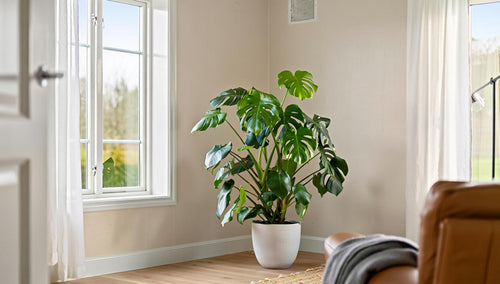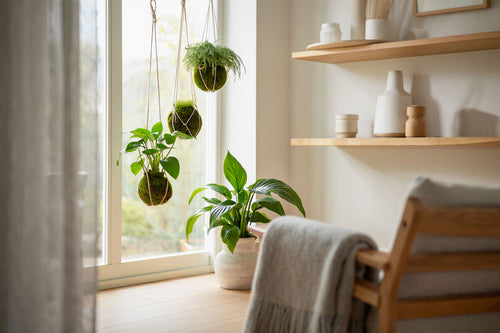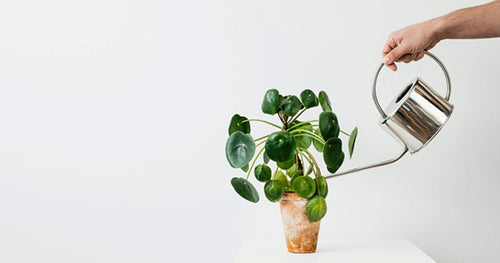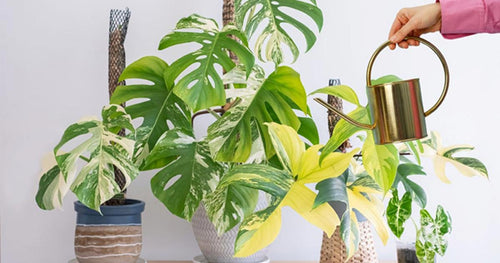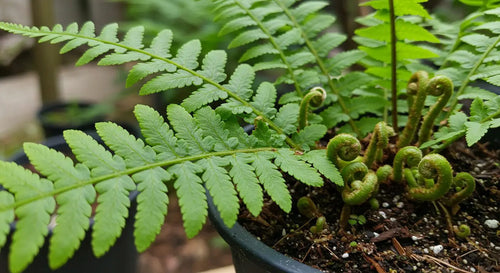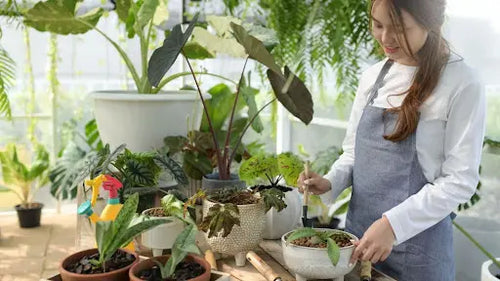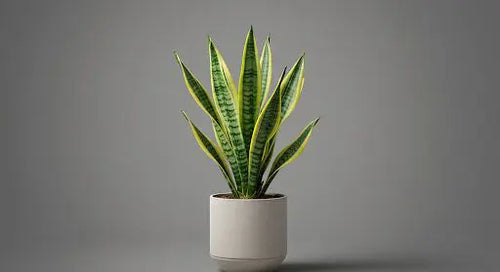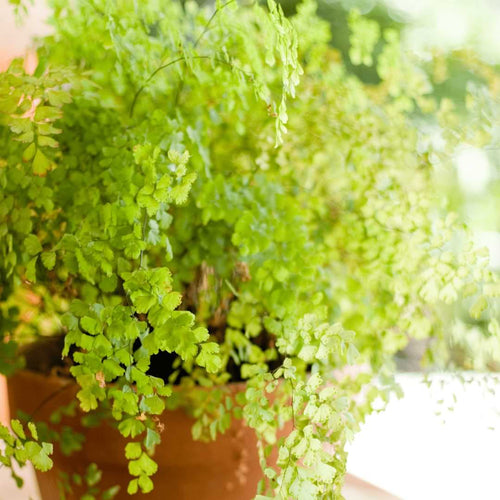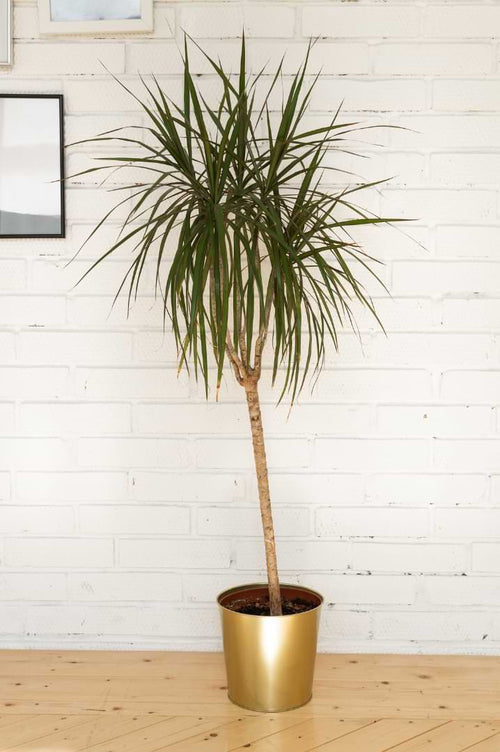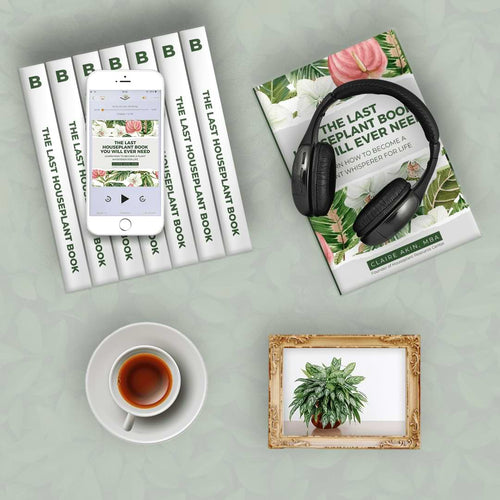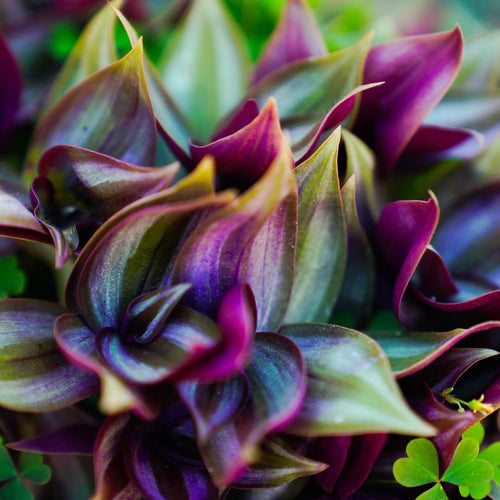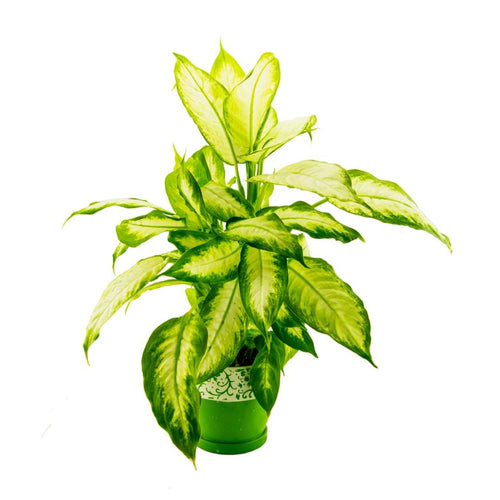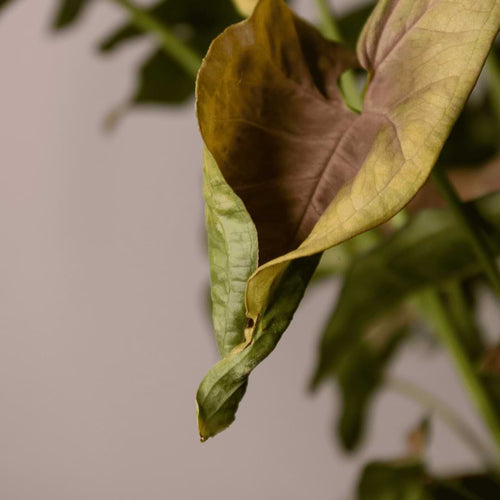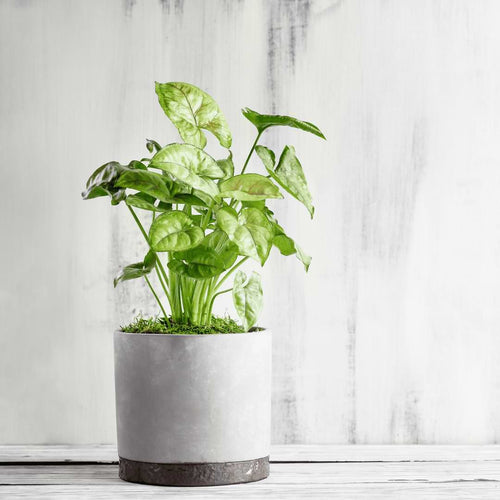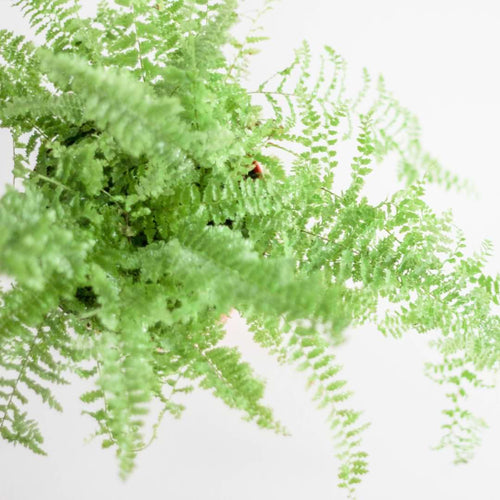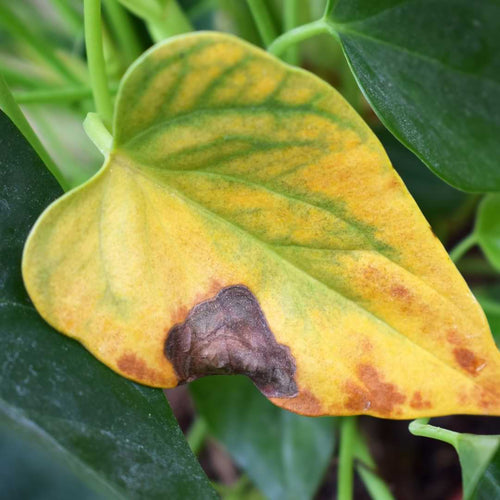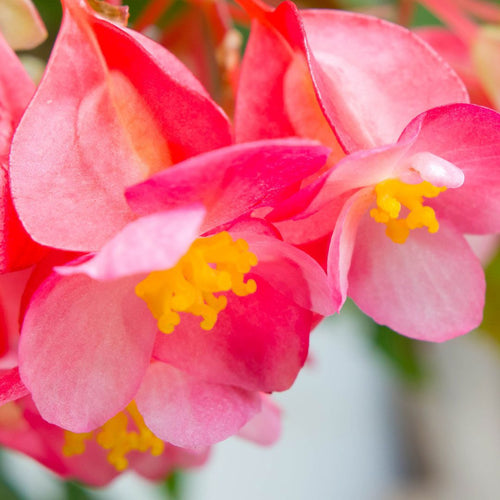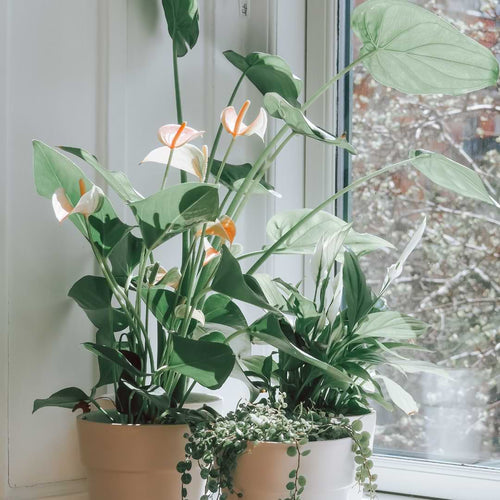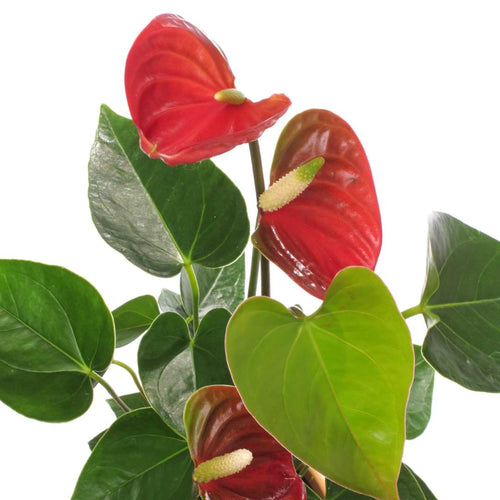Quick Solutions for a Drooping Pothos
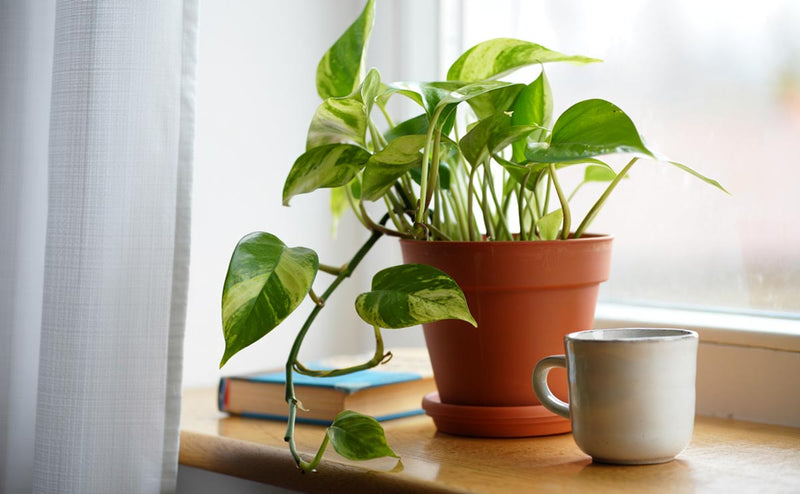
I’ve lost count of how many times I’ve walked past one of my plants and thought, “Wait, weren’t those leaves standing up this morning?” If you’ve got a pothos and it’s looking sad, limp, or lifeless lately, don’t panic. A drooping pothos isn’t giving up on you. It’s just sending a message that something needs attention. And good news—it usually doesn’t take much to get it peppy again.
I always keep a close eye on my plant’s posture. Those once-upright vines know how to telegraph their stress. Over time, I’ve learned to spot the signs early and fix them fast. That’s where a good pothos health check comes in. Even if you’re short on time, a few small changes can make all the difference. Let’s go through what to watch for and how to bring your pothos back to life.
Signs Your Pothos Is Starting to Droop
When a pothos starts to droop, it often drops hints before going full limp. I’ve noticed that if I catch it early, I can usually skip any major repairs. But the tricky part is recognizing what’s normal for this plant and what’s not.

Here’s what I usually see when mine starts drooping:
- Leaves that used to stand out are now hanging loosely or curling inward
- Vines look soft and weak instead of springy or upright
- The soil might feel oddly damp or totally dry
- Leaves can begin to look dull, starting to yellow, especially near the bottom
It’s easy to confuse natural leaf drop or relaxed older vines with an actual problem. Healthy pothos vines do grow long and can droop under their own weight over time. But there’s a big difference between trailing growth and soggy sadness. If the leaves look overly tired and the plant isn’t perky even after a drink, it’s probably more than just regular aging.
Once I figured out the physical signs, I started checking more regularly. Sometimes, I even set reminders to do a quick check once a week. That way, I can catch overwatering, dry spells, or any sudden changes before they turn into bigger problems.
Common Causes Of Drooping Pothos
Once you spot that something’s off, figuring out the reason usually comes down to a few usual suspects. In my experience, drooping is mostly caused by a handful of issues, each with its own fix.
Here’s what I check every time my pothos acts out:
1. Water issues
Even after growing houseplants for years, I still second-guess myself with watering. Too much or too little can both lead to drooping.
- If the soil feels soggy, I probably overdid it
- If it’s bone dry, the plant’s begging for water
- If I water and nothing changes by the next day, roots might be damaged from waterlogged soil
2. Light problems
Pothos can live in all kinds of spaces, but they still need light
- If it's been tucked into a dark corner too long, the plant will slump
- Leaves might also start growing smaller or stretch toward a light source
3. Poor soil or drainage
I once had a plant sitting in a pot without a drain hole. Not great
- Compacted or soggy soil leads to root rot, which shows up as drooping
- No airflow or nutrients means sad roots and sad leaves
4. Pests or root trouble
Sometimes the issue’s below the surface
- Mealybugs, fungus gnats, or spider mites can mess with leaves and roots
- Brown spots, moldy smells, or mushy stems are all clues something’s going on under the dirt
Every time I troubleshoot a drooping pothos, it comes back to one of these things. I’ve learned to take it one step at a time and rule out each possibility before making changes. It’s not about guessing. It’s about observation. And usually, the fix is easier than I expect.
Quick Fixes for a Drooping Pothos
Once I’ve figured out the cause, I move straight to making adjustments. Most of the time, it doesn't take anything fancy. Just a few simple changes can help perk up a wilted pothos.

Here’s what usually works for me:
- Water smarter, not more
If the soil feels soggy, I let it dry out completely before watering again. Then I cut back on how often I water.
If it’s bone dry, I give the plant a good drink and check again in a few hours. Sometimes I water from the bottom to help rehydrate stubborn dry soil

- Tweak the light spot
I try moving my pothos closer to a north or east-facing window that gets filtered sun. If it’s been sitting in a room with barely any natural light, even a few feet closer can make a difference On the flip side, if I see light bleaching or crispy edges, I pull it away from direct sunlight - Upgrade the soil and pot
I always make sure the pot has a drainage hole. Then I use a well-draining indoor mix that includes things like perlite or coco coir
If I haven’t repotted in a year or two, I’ll check for roots circling the bottom and consider moving it up a pot size. Fresh soil always helps bounce things back

- Give a gentle boost
If I suspect root issues or just want to encourage quick recovery, I like adding a mild root supplement with my next watering
It gives the roots something to work with while the rest of the plant heals - Address pests head-on
If I see bugs or damage, I isolate the plant. A quick wipe-down of the leaves with a damp cloth or insecticidal soap goes a long way
If the issue’s coming from the soil, like gnats, I change out the top layer or let the soil dry longer between waterings
When I catch the issue early and act fast, my pothos usually perks up within a few days. It might take longer for any yellowed leaves to fall away, but the new growth will show if the fix is working. That’s always the sign I’m heading in the right direction.
Preventative Measures for Long-Term Pothos Health
Keeping a pothos happy long-term is way easier than constantly nursing it back to life. I’ve made it part of my regular houseplant reset to check in on care basics once a month. Just a few habits can really help prevent drooping before it starts.
I focus on these three things:
- Create a regular care rhythm
Watering feels less like guessing when I check the soil with my finger every few days. I also set a reminder to rotate my plant every couple of weeks, so it doesn’t get lopsided from growing toward one light source - Keep the soil rich and balanced
Over time, even the best soil breaks down and loses its kick. I like to mix in some finished compost or worm castings when I repot
During the growing season, I’ll add a gentle indoor plant fertilizer once a month to keep nutrients up. That makes a big difference in leaf color and strength - Optimize the environment
I try to keep my space comfortable for both me and my plants. That usually means steady indoor temps and avoiding drafty windows or spots near AC vents
I also run a humidifier during dry months, which helps leaves stay plump and strong. Even just grouping my houseplants together helps keep the humidity a bit higher
I’ve had the same pothos for years now, and these mini routines help it stay healthy without adding much to my to-do list. It’s one of those forgiving, flexible plants that lets me know when it needs help and usually forgives me when I respond quickly.

Keep Your Pothos Happy and Healthy
Drooping leaves can feel like a setback, but they often turn out to be more of a signal than a sentence. With just a little troubleshooting, I’ve been able to bring my pothos back from pretty sad-looking states. The key is to look carefully, act fast, and give it what it needs without overdoing it.
By staying consistent with checks, improving the soil, and adjusting light or water as needed, I keep pothos, and even my slightly fussier philodendrons, growing strong and vibrant. It’s one of those small wins in plant care that makes the whole room feel better. When my plants are happy, I feel better too.
If you're looking for simple ways to keep your pothos thriving without the guesswork, a regular pothos health check might be the game-changer your plant routine needs. At Houseplant Resource Center, we offer practical tips and products that make plant care easy, even on your busiest days. With just a few tweaks, you can help your pothos grow stronger, lusher, and happier all year long.
Beginner Friendly, Drooping Leaves, Indoor Plants, Light, Low Light Plants, Moisture Meter, Plant Rescue, Pothos, Pothos Plant Food, Root Health, Smart Gravel, Troubleshooting, Watering




